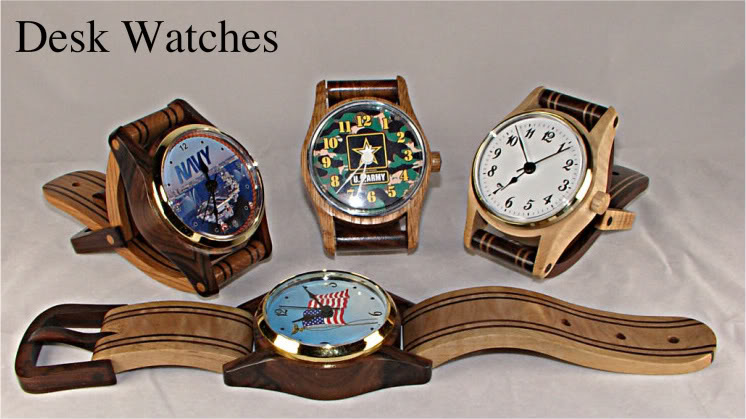Skie_M
Member
My Harbor Freight 1x30" belt 5" disc combo sander is starting to give out on me ... the tension wheel in the back has bearings that are starting to make a bad grinding noise and the belt is tracking very far to the left, so yeah ... that bearing assembly is shot. I am thinking about getting a replacement bearing to press in there, but also thinking about just buying a new combo sander to replace this one ... HFT is currently offering a wider belt sander with a larger disc at around 60 dollars, and that would probably do a lot better for me. Larger bearings and wheels means it'll last longer, with proper maintenance, especially if I'm not overusing it like I used to.
Part of the reason why this one is failing after only a year and a half of use is ... I didn't have a band saw to cut down stock for projects .... I had to use an axe or chisels to get it close and then sand it to final dimensions. That's a LOT of sanding for just a 1 inch belt, and it put that poor little bearing on the back wheel through hell and back. That and I do a lot of little side projects!
There is nothing wrong with the motor assembly or circuitry ... in fact, I have plans to re-purpose this motor for an 8 to 10 inch disc sander that will be for dedicated woodworking use, though I may decide to use a belt drive with it rather than direct drive, so that I can use pulleys to change my disc speed. It's a single speed motor, so not suitable to try to use it for my lathe upgrade project, as I want variable speed on the fly when turning with my lathe.
LOL ... and just now while messing around with making a new bookend for a book shelf, I found out that the lower bladeguard bearing on my band saw needs replacement ... that stone dust is really leaving it's mark on my equipment. Really gonna have to put my shop together so I can get a proper dust collection system going!
Part of the reason why this one is failing after only a year and a half of use is ... I didn't have a band saw to cut down stock for projects .... I had to use an axe or chisels to get it close and then sand it to final dimensions. That's a LOT of sanding for just a 1 inch belt, and it put that poor little bearing on the back wheel through hell and back. That and I do a lot of little side projects!
There is nothing wrong with the motor assembly or circuitry ... in fact, I have plans to re-purpose this motor for an 8 to 10 inch disc sander that will be for dedicated woodworking use, though I may decide to use a belt drive with it rather than direct drive, so that I can use pulleys to change my disc speed. It's a single speed motor, so not suitable to try to use it for my lathe upgrade project, as I want variable speed on the fly when turning with my lathe.
LOL ... and just now while messing around with making a new bookend for a book shelf, I found out that the lower bladeguard bearing on my band saw needs replacement ... that stone dust is really leaving it's mark on my equipment. Really gonna have to put my shop together so I can get a proper dust collection system going!


